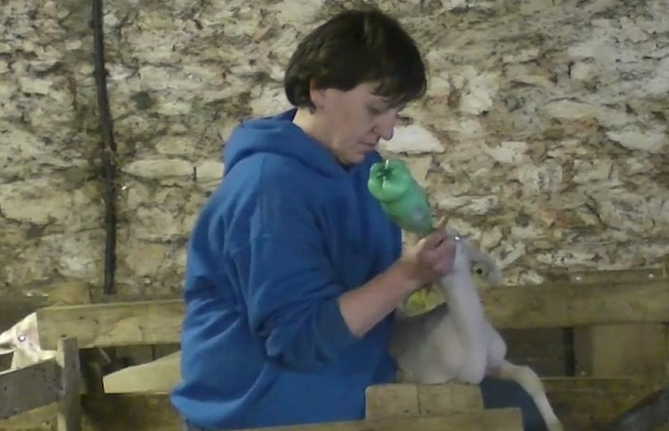Choosing a posture adapted to a pedagogical situation
Issue
Our socio-constructivist approach integrates different postures to be taken by the trainer. Each posture requires specific skills.Objective
For the trainer: to adapt the posture to the pedagogical situation, to be coherent.For the trainee: to feel in a secure atmosphere, understanding the posture of the trainer.
Types of postures
We consider 5 main postures which can interact in synergy if they are clearly divided in time:- • Facilitator: the trainer supports expression from the educators (e.g. during the expression of his/her pre-conception, or when leading a debate); the facilitator also manages the rules laid down to promote an atmosphere conducive to learning.
- • Support: the trainer helps a person or a group to find a solution to a problem, or helps them to implement an analysis process.
- • Mediator: the trainer manages a situation of conflict between trainees, more specifically when they don’t have the same opinions on animal welfare education.
- • Expert: the trainer imparts key knowledge and some conceptualisation, usually at the end of a pedagogical process.
- • Evaluator: the trainer gives his/her own judgement about specific pedagogical approaches implemented by the trainees, and about the process of training itself.

In addition to these 5 postures, we consider the “high” and “low” positions taken by the educator. The educator must take a high position on compliance with the rules laid down to promote an ad hoc working environment. On the other hand, he/she will choose a low position when introducing the innovative approaches proposed by Anicare; it is less a question of promoting these than submitting them to criticism.
Pitfalls and recommendations
- • The combination of several postures at the same time can generate confusion for the trainee. If the trainer shows implicitly or explicitly that he/she is critical of the pedagogical practices of trainees while collecting their ways of doing things, it will not create a friendly atmosphere. It risks generating withdrawal or aggressiveness.
- • To take a high position by considering that the approach suggested by Anicare is the best, is risky. In such a case, the trainees can be very resistant to open their mind to the Anicare approach. It is better first to collect and confront the representation and pedagogical approaches commonly used. The Anicare approach will be considered as an alternative.












